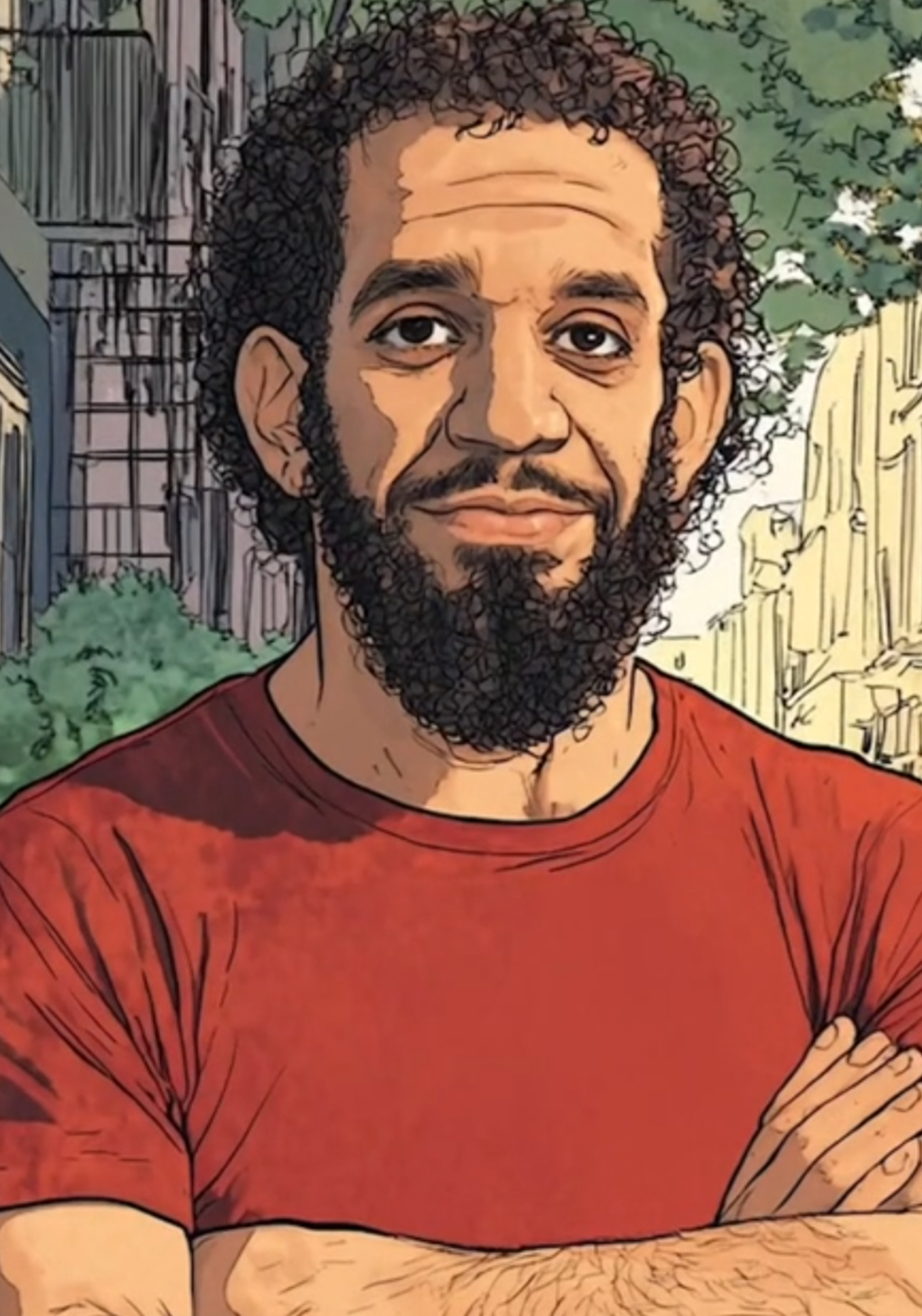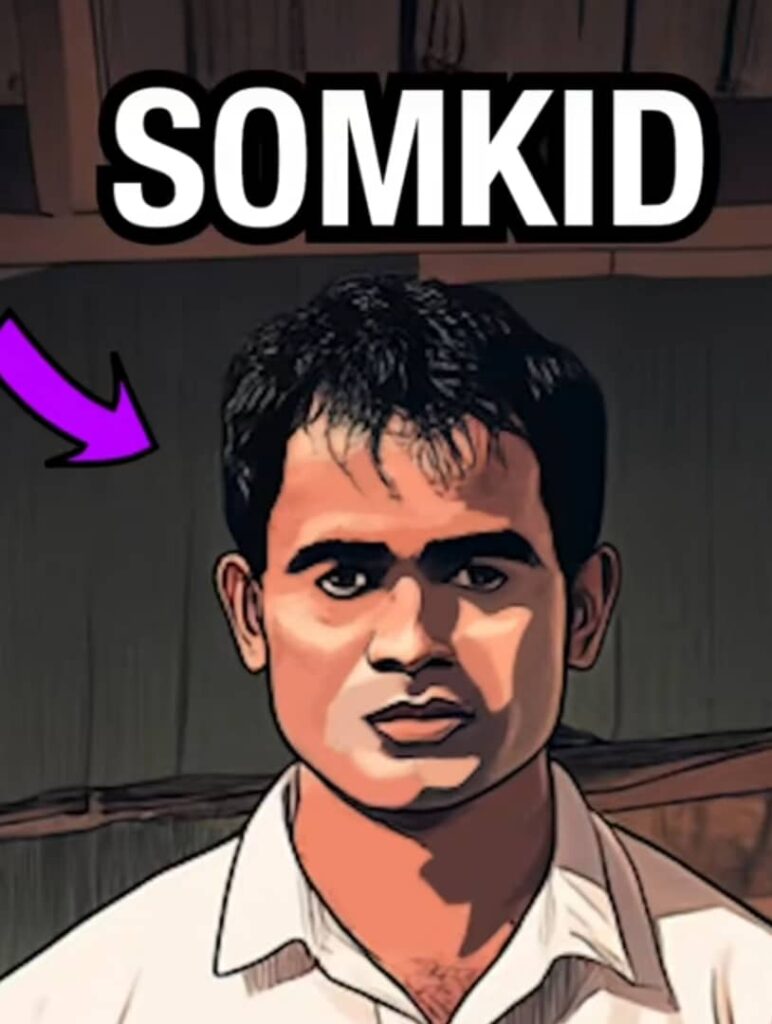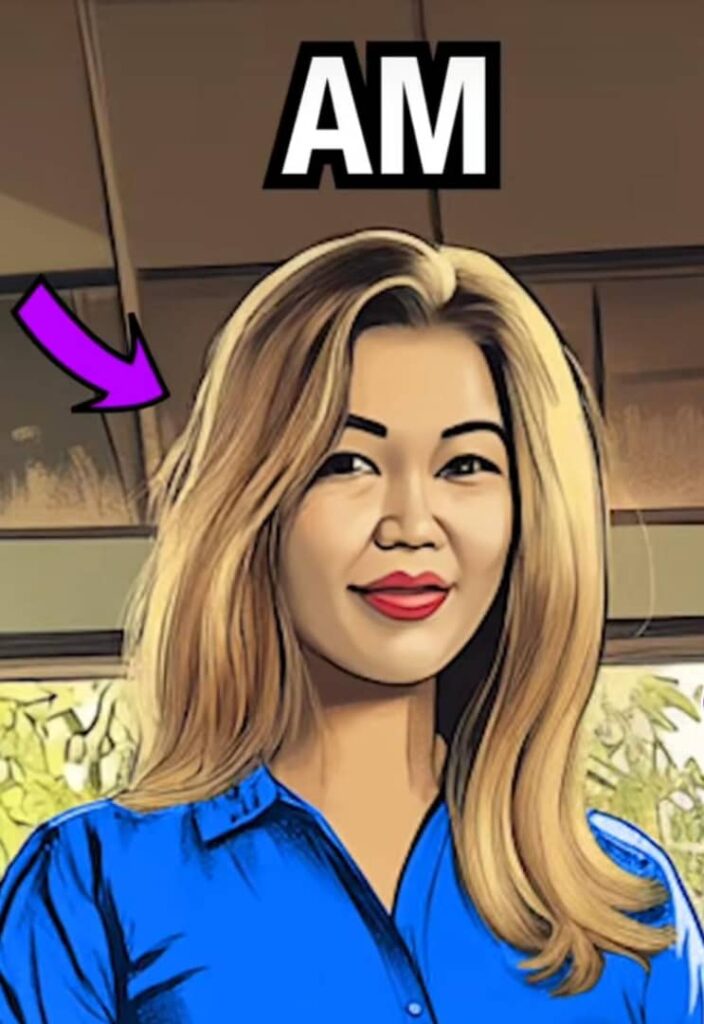Did you know that one of America’s biggest mass murders happened by accident? Well, sort of. It all started with a man named Julio.
Julio, a 36-year-old Cuban immigrant, was living in New York City in 1990. His life took a turn for the worse when he was fired from his job at a local lamp factory, where he packed boxes. To make matters worse, his relationship with his girlfriend, Lydia, was crumbling. They had been together on and off for about seven years, but Julio was controlling and constantly pressured her to quit her job. Lydia finally had enough and broke up with him.
This breakup wasn’t just emotional; it was also practical. The apartment they lived in belonged to Lydia, which meant Julio had to find a new place to live. He ended up in a tiny, rundown room in a boarding house—just 10 square feet—costing $70 a week. But with no job, he quickly fell behind on rent, and his life continued to spiral.
Six weeks passed, and Julio still hadn’t recovered. Broke and heartbroken, he convinced himself that if Lydia took him back, everything would improve. But Lydia was done with him. One night, heavily intoxicated, Julio decided to visit her at work unannounced.
Lydia worked as a coat check attendant at the Happy Land Social Club, a small but popular nightclub. That particular night, the club was especially packed due to Carnival celebrations, with about 100 people inside. Around 2:00 AM, Julio arrived, visibly drunk, and tried to talk to Lydia. She rejected him outright, telling him to leave. Undeterred, Julio lingered in the club, mingling with people. About 40 minutes later, he returned to the coat check, trying again to win her over. When she refused, he uttered a chilling phrase: “You and I, till death.”
The situation escalated. A bouncer noticed the disturbance and intervened, escorting Julio out of the club. As he was being thrown out, Julio shouted, “I’ll be back! I’ll shut this whole place down!” No one took him seriously.
Angry and intoxicated, Julio wandered the neighborhood for 30 minutes, fuming over how he had been treated. He decided to take revenge in the most destructive way possible. He walked to a nearby gas station, filled a plastic jug with a dollar’s worth of gasoline, and returned to the club. Without hesitation, he poured the gas at the entrance, lit a match, and started a fire before slipping away into the night.
Happy Land Social Club was a death trap. The main club area was on the second floor, accessible only by a rickety staircase. The fire quickly spread from the doorway to the stairs, cutting off the only escape route. To make matters worse, there was an emergency exit, but the club owner had padlocked it shut to prevent people from sneaking in without paying the $5 cover charge. Trapped inside, panic erupted as smoke filled the air. The DJ stopped the music and urged people to escape, but the only way out was through flames.
Lydia, being near the entrance, managed to escape unscathed. However, the rest of the patrons were not so lucky. In the chaos, people were trampled while trying to flee. The fire engulfed the club rapidly, and by the time firefighters arrived, it was too late. Only six people survived, including Lydia. The other 87 perished in what became one of the deadliest mass murders in U.S. history.
Meanwhile, Julio returned to his tiny room, reeking of gasoline, and passed out, oblivious to the carnage he had just caused. The next morning, police began questioning the survivors. Lydia immediately pointed to Julio, recounting his threats from the night before. Investigators tracked him down and arrested him in his room, which still smelled of fuel.
Julio confessed and was found guilty of 87 counts of arson and 87 counts of mass murder. He was sentenced to life in prison. His initial intent may have been to burn the club down out of spite, but he hadn’t considered the deadly consequences of his actions.
This tragedy exposed serious safety violations in New York City’s nightlife industry, leading to stricter fire code enforcement. But for the victims and their families, the damage had already been done. The Happy Land fire remains a haunting reminder of how a single act of rage can lead to unthinkable devastation.



